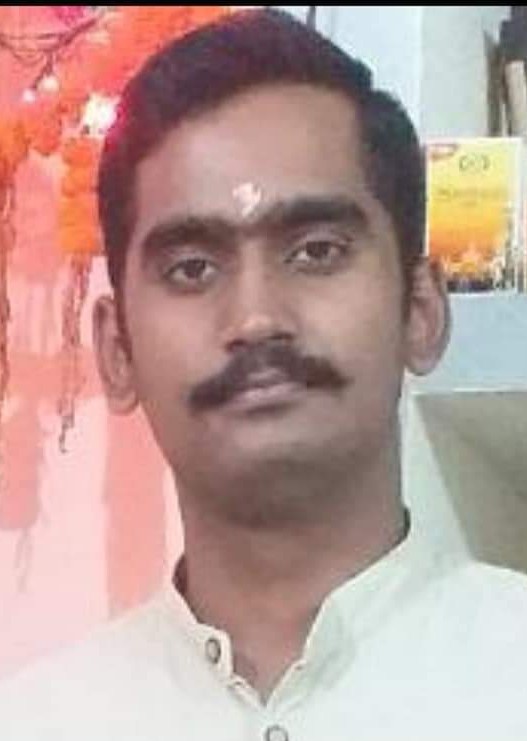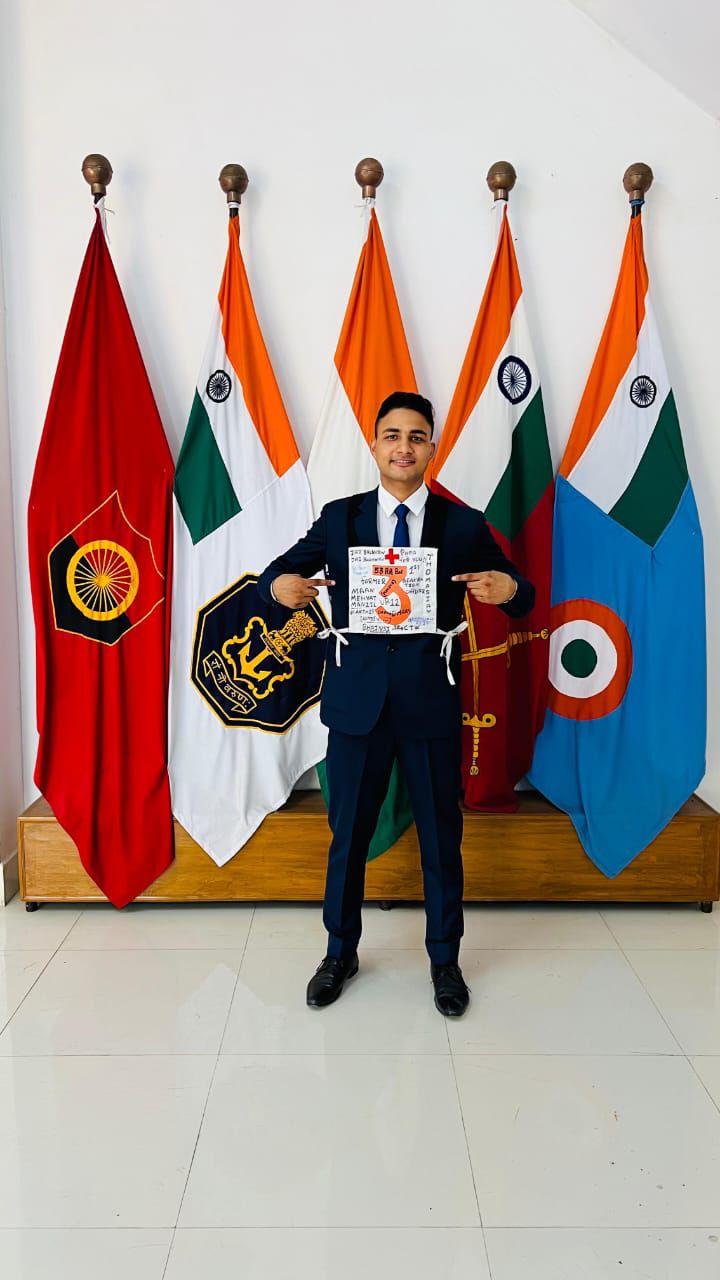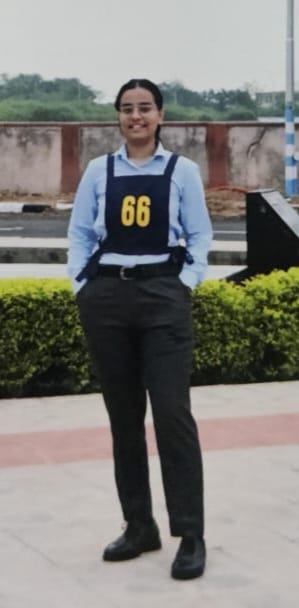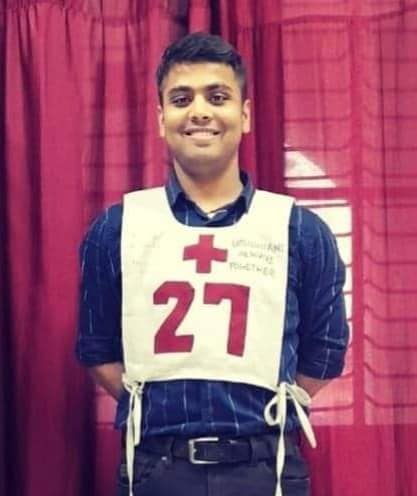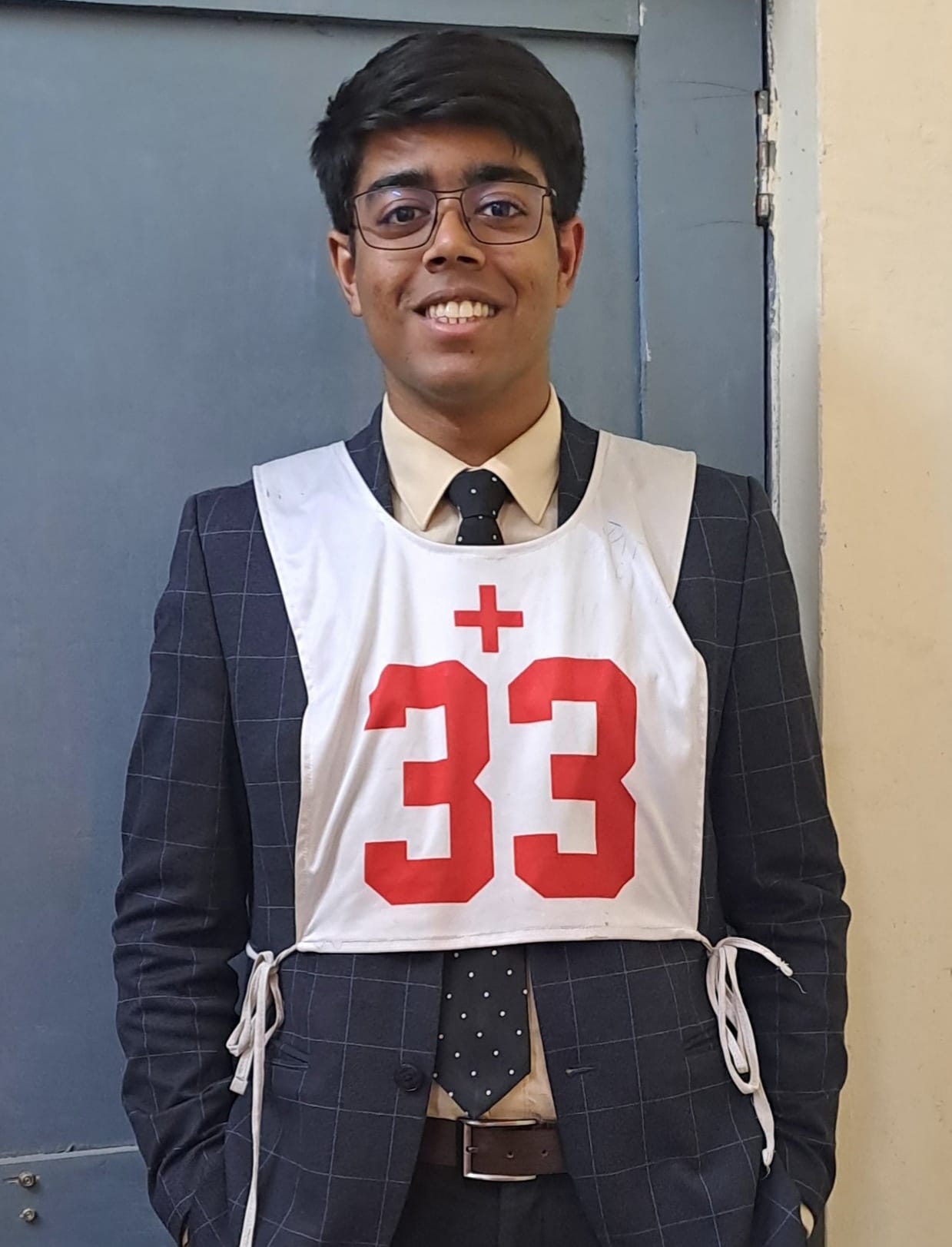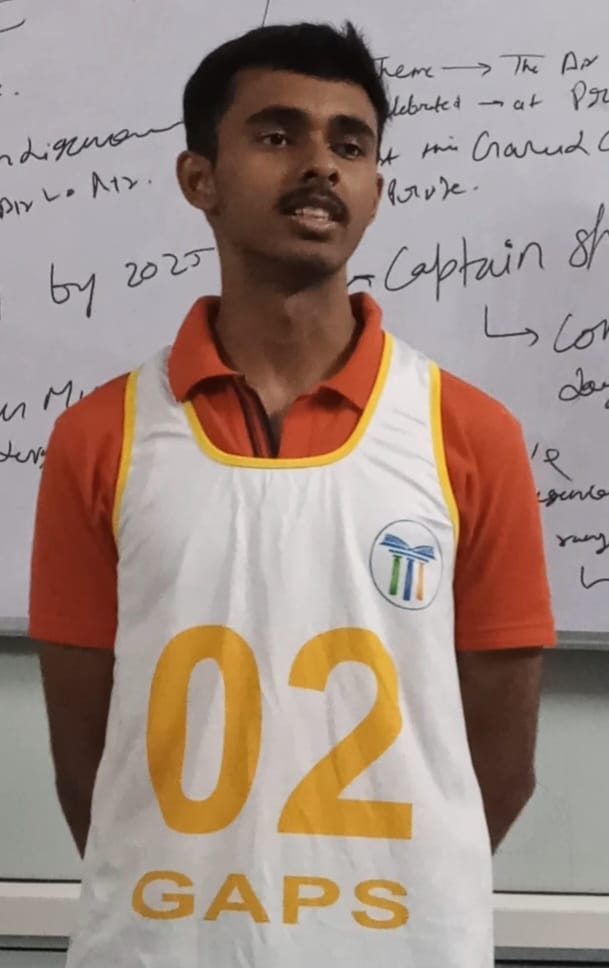Why in news?
Violent clashes took place between Indian and Chinese soldiers at the Galwan valley in Ladakh along the Line of Actual Control (LAC), with reported casualties on both sides.
What exactly happened in the Galwan Valley?
- Tensions had been high in the area for few weeks.
- Large number of soldiers and military equipment were deployed along the LAC by both sides.
- Even though the LAC in Galwan Valley was never disputed by the two sides, the Chinese had moved into the Indian side of the LAC.
- Meeting was held at the level of Corps Commanders on 6 June 2020.
- After this, negotiations had been conducted between local military commanders of both the armies.
- They negotiated for a mutually agreed disengagement process.
- As part of that process,a buffer zone had beenagreed tobe created between the LAC and the junction of the Shyok and Galwan rivers.
- This was to avoid any faceoff between the two armies.
- The two armies were to move back by a kilometre each in that area as a first step.
- Colonel B Santosh Babu, who was monitoring this process, noticed that a Chinese camp was still existing in the area.
- He went to get it removed.
- This soon led to scuffle and blows being exchanged, resulting in deaths and injuries.
- More than 70 Indian soldiers were injured in a major scuffle.
- At least 20 soldiers including a Commanding Officer lost their lives on a single day.
How serious is the current standoff?
- This is the first time after the 1962 War that soldiers have died in clashes on the India-China border in Ladakh.
- Even otherwise, the last deaths on the LAC came from attack on an Assam Rifles patrol in Arunachal Pradesh by the Chinese in 1975.
- But the last real military engagement between the two armies was at Nathu La in Sikkim in 1967.
- In this,88 Indian soldiers losttheir lives,and more than 300 Chinese soldiers were killed.
- But all these incidents were prior to the two countries signing various agreements, starting from 1993.
- The agreements were aimed at maintaining peace and tranquillity on the border.
What does the nature of standoff reveal?
- Such a large number of soldiers were killed without firing a round.
- This means that these deaths were far more brutal than they would have been had guns and rifles been used.
- In most of these scuffles, the Chinese have used bats, clubs, sticks and stones to cause major injuries.
- Besides the use ofthese blunt objects, some soldiers are said to have been pushed into the fast-flowing Galwan river.
- Most of the deaths were due to injuries aggravated by the intense cold in the high-altitude area.
- However, that it remained restricted to a physical tussle points to the fact that there was no escalation to a kinetic level - rifles, howitzers, rockets, missiles, and fighter jets.
- China and India are both nuclear powers, and any escalation from the current situation is highly risky, and thus is less likely to happen.
- But this is only a slight hope seen in the light of the past.
- Notably,evenat NathuLa in 1967,before the military engagement escalated to artillery guns and threats of fighter jets, there was a scuffle between the soldiers of the two sides.
Why were weapons not used?
- The soldiers were not carrying weapons.
- This is as per the drill followed by both sides in the border areas to avoid inadvertent escalation by opening fire.
- This is in tune with the 1996 agreement between the two countries on Confidence Building Measures in the Military Field Along the LoAC.
- This imposed many restrictions on military equipment, exercises, blasts and aircraft in the vicinity of the LAC.
What happened to the Chinese side?
- The official statements put out by the Army and the MEA have no details of any deaths or injuries to Chinese soldiers.
- However, the first statement by the Army was amended to say that there were casualties “on both sides”.
- The Chinese government or the People's Liberation Army (PLA) there has not provided any details of soldiers killed or injured in the clash.
- The only numbers that have come from are from the news agency ANI.
- It has quoted unnamed sources claiming that as per radio transmission intercepts, 43 Chinese soldiers were either killed or injured in the clash.
- Another report in usnews.com has cited “American intelligence” to say that 35 Chinese troops, including an officer, are believed to have died.
Has the situation been defused?
- A meeting at the level of Major Generals of both armies took place at PP14 in the Galwan area.
- It broughtthe situation under control, and the Indian side was able to collect all the bodies.
- The Chinese were given permission to bring in helicopters to ferry their injured back.
- But tensions have already been running high at various places on the Ladakh border since May 2020.
- The latest incident has added to the tensions,but there have been no reports of any other clashes at the border.
Is an early resolution likely?
- There were hopes of an early disengagement and de-escalation after conciliatory statements following themeetings. B
- But after the incident at the Galwan valley,the process is likely to slowdown.
- Naturally, an early resolution now looks unlikely.
- China has reasserted its claim over Galwan Valley.
- Chinese army has made sharp statements alleging that Indian soldiers twice crossed the LAC.
- The MEA too has categorically stated that the Chinese had violated the LAC in the Galwan Valley region.
- These allegations and counter-allegations,along with the heightened public sentiment on the deaths of so many soldiers, will test any process towards resolution.
How does the future look?
- The two countries are still talking at military and diplomatic levels. So, any escalation into a major conflict looks some distance away at this moment.
- But conflict situations have a dynamic oftheir own, and events can overtake the best-laid plans.
- A military conflict, if it occurs, can be localised to one area, can be along the whole border, or can be in any one sector.
- But unless there is another provocation and crisis, the two sides should be able to resolve the situation peacefully.
- Meanwhile, the government will place the armed forces on full alert.
- Simultaneously, it will continue to use diplomatic channels to resolve the crisis.
- Along side, controlling the domestic messaging will be done to avoid inflaming public emotions.
- In all,the execution of such strategies will determine the course of the future action on China.
Source: Indian Express
